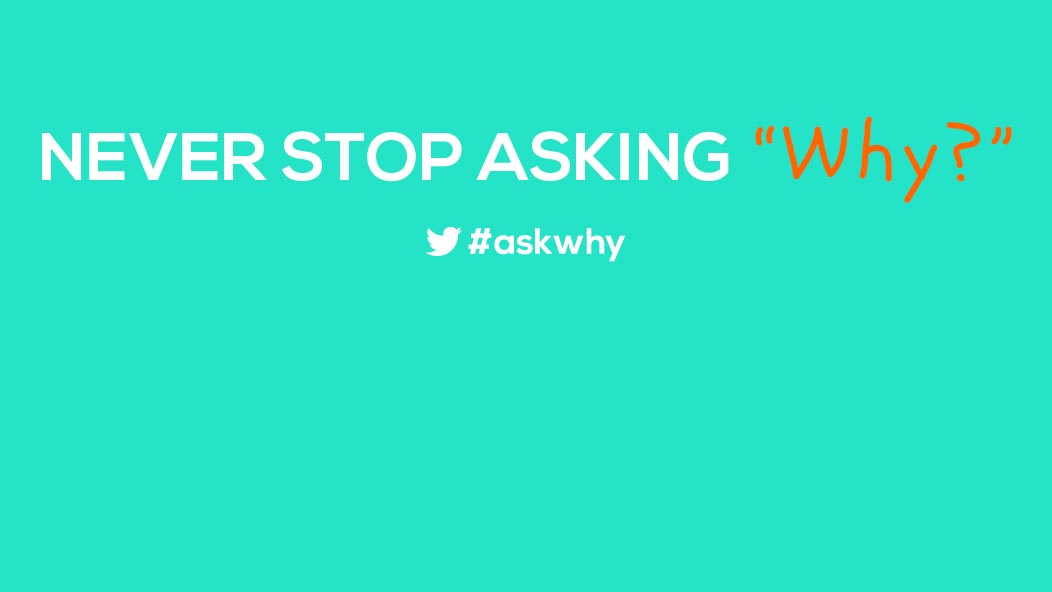
by Bucky Derflinger
Rancher
Rodeo cowboy
Youngest discoverer of a Tyrannosaurus rex (affectionately known as Bucky the T. rex)
A common question we hear in
Dinosphere® is “How can you identify a fossil bone from a rock?”
Every budding paleontologist (you) has a moment in a laboratory where the paleontologist (anyone in a lab coat) is training you on how to take the rock away from a fossil. This is called “prepping the bone.”
As you get ready to prep the bone…there are sharp tools and glue and dust and magnifying glasses and sweaty palms. You are nervous. You do not want to damage the bone. You are excited. You have laser-like focus…and you hang on to every instruction from the paleontologist.
The paleontologist tells you that the fossil may be a different color than the rock and that the fossil is usually harder than the rock. The fossil bone will also have a different texture than the rock. And then the paleontologist will tell you that if you still cannot tell the difference—you will have to LICK the fossil.
Your laser-focus breaks. You have been pranked before. You do not want to look foolish. “Good one, Doc!” you respond.
The paleontologist will tell you phrases like, “We’ve all done it before,” and “Scouts honor!” She will then explain, “Listen Sparky, the fossil bone is dryer than the rock around it. Do you see the inside of this bone? You see how it looks spongy? That’s the remnants of the internal bone structure. Your tongue is wet and is the perfect tool to determine bone from rock. If your tongue sticks—you have a fossil bone. If it doesn’t—you just tasted true rock candy (rock flavored…mmmmm!).”
You build up courage. You try it. It works!
You ask if you should go around licking rocky cliffs to find dinosaur bones.
“Only on Earth Day is that acceptable,” she chuckles. “Let’s use the lick test as a last resort. Use your eyes first, then test the hardness, then listen to the fossil. If those all fail, THEN you can perform the lick-test.”










